Characteristics of Molybdenum Copper Sheet
- Details
- Category: Tungsten Information
- Published on Thursday, 29 May 2025 14:07
- Written by Xiaoting
- Hits: 231
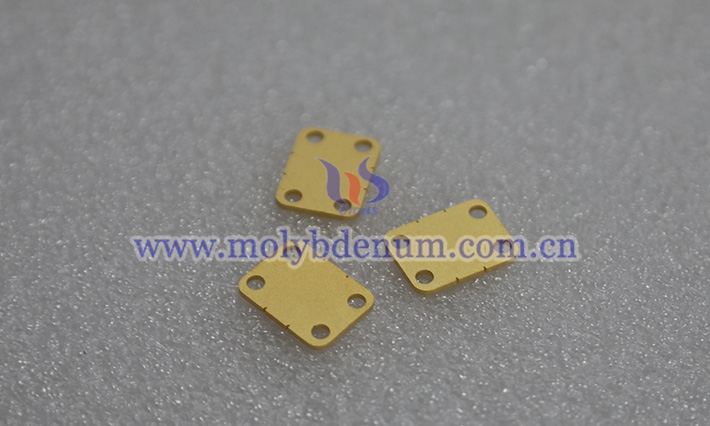
Molybdenum copper sheet is a composite material made from metallic molybdenum (Mo) and copper (Cu) through powder metallurgy or infiltration processes. Due to its excellent thermal, electrical, and chemical properties, it is widely used in many fields: in electronics for chip packaging substrates, power device heat sinks, and microwave device heat dissipaters; in aerospace for high-temperature components of spacecraft and satellite communication antenna substrates; and also in medical equipment as heat dissipation parts for superconducting magnets.
What Is Molybdenum Copper Sheet?
- Details
- Category: Tungsten Information
- Published on Thursday, 29 May 2025 14:05
- Written by Xiaoting
- Hits: 250
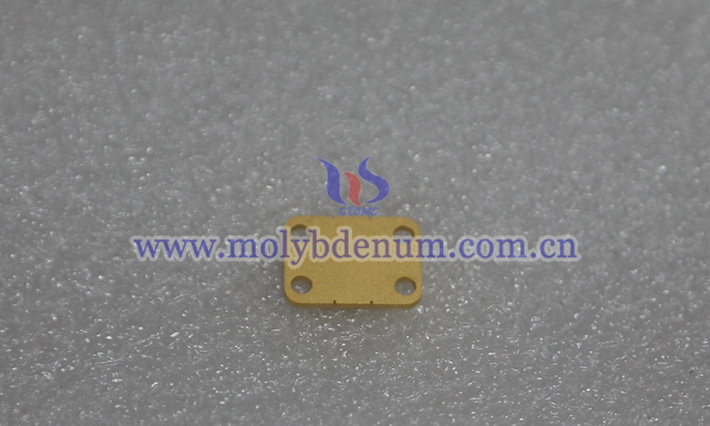
Molybdenum copper sheet is an alloy material mainly composed of metallic molybdenum (Mo) and copper (Cu). It is formed through powder metallurgy, infiltration, and other processes to create a functional material with synergistic properties. Its microstructure typically shows a uniform distribution of molybdenum and copper phases or a composite form where copper fills the molybdenum skeleton. From a materials science perspective, molybdenum copper sheet combines the high melting point and low thermal expansion coefficient of molybdenum with the high thermal and electrical conductivity of copper. By adjusting the composition ratio and manufacturing process, the performance can be tailored to meet special requirements in different fields.
Differences Between Ammonium Metatungstate and Ammonium Heptamolybdate
- Details
- Category: Tungsten Information
- Published on Thursday, 29 May 2025 14:00
- Written by Xiaoting
- Hits: 196
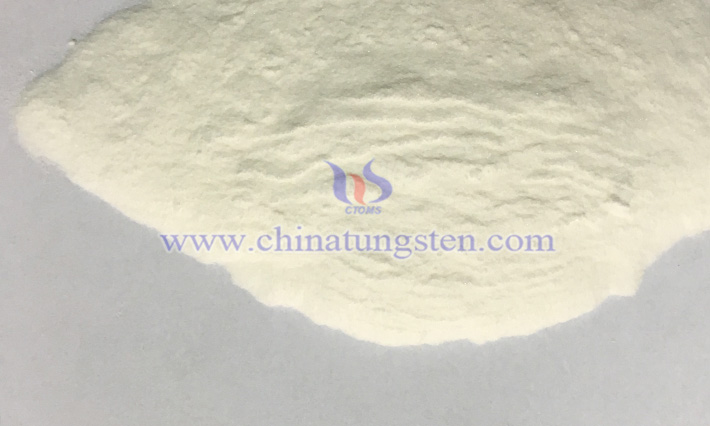
Although both ammonium metatungstate (AMT) and ammonium heptamolybdate (AHM) are important transition metal compounds with wide applications in the chemical industry, they differ in terms of chemical composition, molecular structure, physical and chemical properties, production technologies, and specific applications.
Read more: Differences Between Ammonium Metatungstate and Ammonium Heptamolybdate
Why Is Ammonium Metatungstate Powder White?
- Details
- Category: Tungsten Information
- Published on Thursday, 29 May 2025 14:02
- Written by Xiaoting
- Hits: 226
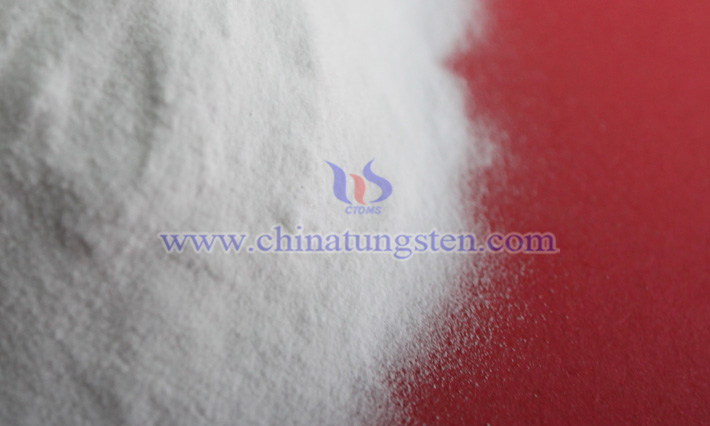
Ammonium metatungstate powder (molecular formula H₂₈N₆O₄₁W₁₂, AMT), as a key intermediate in tungsten chemical industry, exhibits a white appearance resulting from the combined effects of its molecular structure, electronic transition characteristics, and crystal physical morphology.
What Are the Differences Between Ammonium Metatungstate and Ammonium Paratungstate?
- Details
- Category: Tungsten Information
- Published on Thursday, 29 May 2025 13:56
- Written by Xiaoting
- Hits: 220
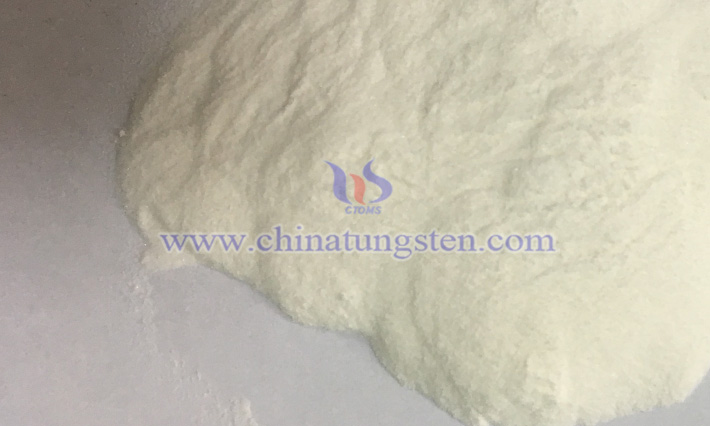
Ammonium metatungstate (AMT) and ammonium paratungstate (APT) are both important tungsten compounds, classified as ammonium salts of tungsten. They contain tungsten (W), nitrogen (N), hydrogen (H), and oxygen (O), and are commonly used in the preparation of downstream products such as tungsten trioxide and tungsten powder. However, they differ in chemical composition, physicochemical properties, production processes, and applications.
Read more: What Are the Differences Between Ammonium Metatungstate and Ammonium Paratungstate?





 sales@chinatungsten.com
sales@chinatungsten.com